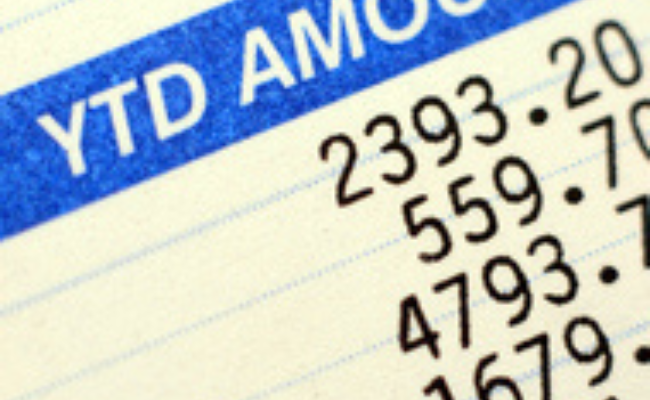
Get It Right on the Pay Stub
 Pay stubs can be referred to as pay or wage statements and may be considered the decoder ring of payroll. Pay statements summarize employees’ gross pay, taxes and deductions, and net pay. They can be in printed format or made available electronically.
Pay stubs can be referred to as pay or wage statements and may be considered the decoder ring of payroll. Pay statements summarize employees’ gross pay, taxes and deductions, and net pay. They can be in printed format or made available electronically.
Pay stubs help employees confirm what was withheld from their gross pay so they can understand how the final net pay amount was arrived at. Pay stubs are useful to employers as well, especially when they need to solve wage and hour disputes or tax discrepancies.
While no federal law requires pay stubs, most states do — you can view pay stubs as part of payroll compliance. For example, some states need employees to consent to receive electronic pay statements. State mandates can pose potential complications for businesses with employees in multiple states, as each state has its own set of rules.
What’s on a pay stub
Pay stubs should have these basic elements:
- Amount per pay period.
- Year-to-date pay.
- Basic identifying information: name and address of the employer, name and address of the employee, and the employee’s Social Security number.
- Pay period and total hours worked.
- Gross wages, or the total amount earned for the pay period before taxes. If an employee worked 15 hours at $20 per hour, gross wages are $300. Pay stubs should note hours worked, what the pay rate is and any additional earnings or accrued time off.
- Tax deductions, including federal tax withholding, state tax withholding, unemployment taxes, Social Security tax and Medicare withholding.
- Employee benefits deductions often include health insurance, health savings accounts, life insurance payments and retirement contributions.
- Voluntary deductions, which include the amount an employee chooses to withhold monthly and may include a regular charitable contribution.
- Involuntary deductions such as wage garnishments, past taxes owed and court-ordered child support payments.
- Net pay, the amount of money employees take home after all deductions are made.
Pay stubs offer employees transparency in how they’re getting paid, noting gross income, deductions and net income. Workers get year-to-date information and can verify that compensation is accurate. Lenders often ask to see pay statements as proof of income or employment before approving a loan. Pay stubs help prevent pay-related conflicts.
If you miscalculate, the withholding amounts for taxes may include errors that may cost you penalties. Pay statements that are inaccurate or improperly delivered can confuse employees and increase the risk of legal liability. It’s in your best interest to:
- Know all state and local requirements.
- Include the necessary information.
- Make pay stubs easy to access.
Many companies opt to work with a payroll service provider, which will typically include pay stub delivery as part of their service and can assist with state and local pay statement requirements. It’s generally a good practice to save pay statements for at least one year so you can verify the accuracy of your annual Form W-2, Wage and Tax Statement for employees to prepare their individual tax returns.
Pay statements contain personal information that can be subject to identity theft. Retain them in a safe place and securely dispose of them. If employees report losing a stub, advise them to monitor their credit reports and alert their bank and credit reporting agencies so they can flag any suspicious activity. If a copy of a lost pay statement is needed, employees may request another from your payroll department.



